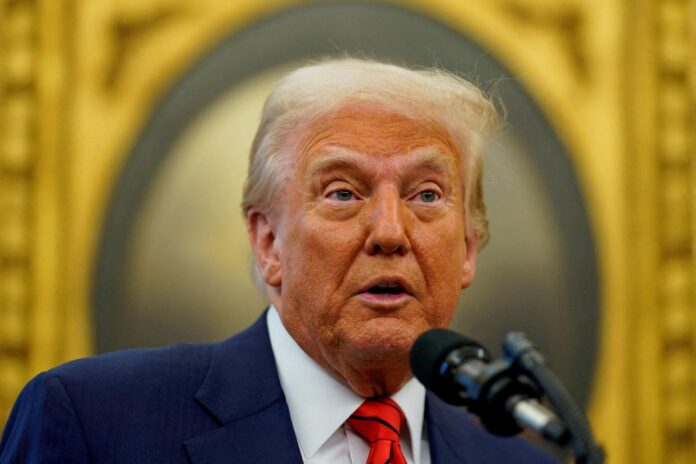Faced with this apparent coin shortage, President Donald Trump has decided to do something about it, at least with one of Minnesota’s favorite coins. He ordered the U.S. Treasury to cease production of new pennies, finding them “wasteful” due to the high cost of production. On February 9, 2025, Trump took to his Truth Social platform and announced a new policy: ending the penny production(one-cent coin) in the United States.
Why Stop the Penny?
The main reason for Trump’s decision is that it costs more to produce pennies than they are worth. It costs the U.S. Mint 3.69 cents to manufacture one penny — more than three times what it is worth. In just 2024, the Mint lost $85.3 million in producing pennies, and combined losses for pennies and nickels were $179 million. Such losses are largely a result of rising prices for raw materials such as zinc and copper, which are in the composition of pennies.
Trump said cutting wasteful spending was key to balancing the budget, saying that for too long, the United States minted pennies that cost over 2 cents: This is so wasteful! Let’s rip the waste out of our great nation’s budget…it might be a penny at a time”.
Also read : CFPB Takeover: Elon Musk’s Team Gains Control – What’s Next?
The Role of Elon Musk’s DOGE
Growing calls to ditch the penny were sparked last month when Elon Musk’s Department of Government Efficiency (DOGE) showcased the coin’s high production costs in a social media post. From slashing government through cutting diversity and foreign aid, DOGE does save, $1 billion and counting.
Is It Possible for Trump to Stop Making Pennies?
Although Trump has instructed the Treasury to stop making pennies, he doesn’t know whether he can do that without Congressional approval. It is up to Congress to determine currency specs, including coin size and metal content. But others, including economist Robert K. Triest, argue that the Treasury Secretary may have the authority to cease minting new pennies without having to pass a new law.
What Happens Next?
If the penny goes, the U.S. would be following the lead of countries like Canada, which ceased minting its penny in 2012. Those in favor of abolishing the coin say it would save money, accelerate cash transactions, and lessen the environmental impact of mining zinc and copper.
But critics, such as the group Americans for Common Cents, say getting rid of the penny could raise costs elsewhere. So, for instance, businesses may round their prices up to the nearest nickel, at an increased cost to consumers. In addition, the nickel itself is expensive to manufacture, costing 13.78 cents for each five-cent coin.
Public Reaction
The announcement has drawn mixed reactions. Some Americans support the move, believing it is a logical way to eliminate waste in government. Others consider the penny a cultural artifact — and fear the loss would disproportionately hurt small businesses and disrupt cash transactions.
Also read: Golden Crust Donuts Recall 2025: Metal Contamination Alert
Conclusion
President Trump’s order to stop making new pennies is a big moment in U.S. currency history. The move is intended to save money and streamline government spending, but its success will rely on overcoming legal and logistical challenges. Whether the debate brings an end to this nearly 100-year-old argument is yet to be determined, but one thing is certain: the lowly penny, long a fixture of the American experience, may be headed toward a well-deserved retirement.








